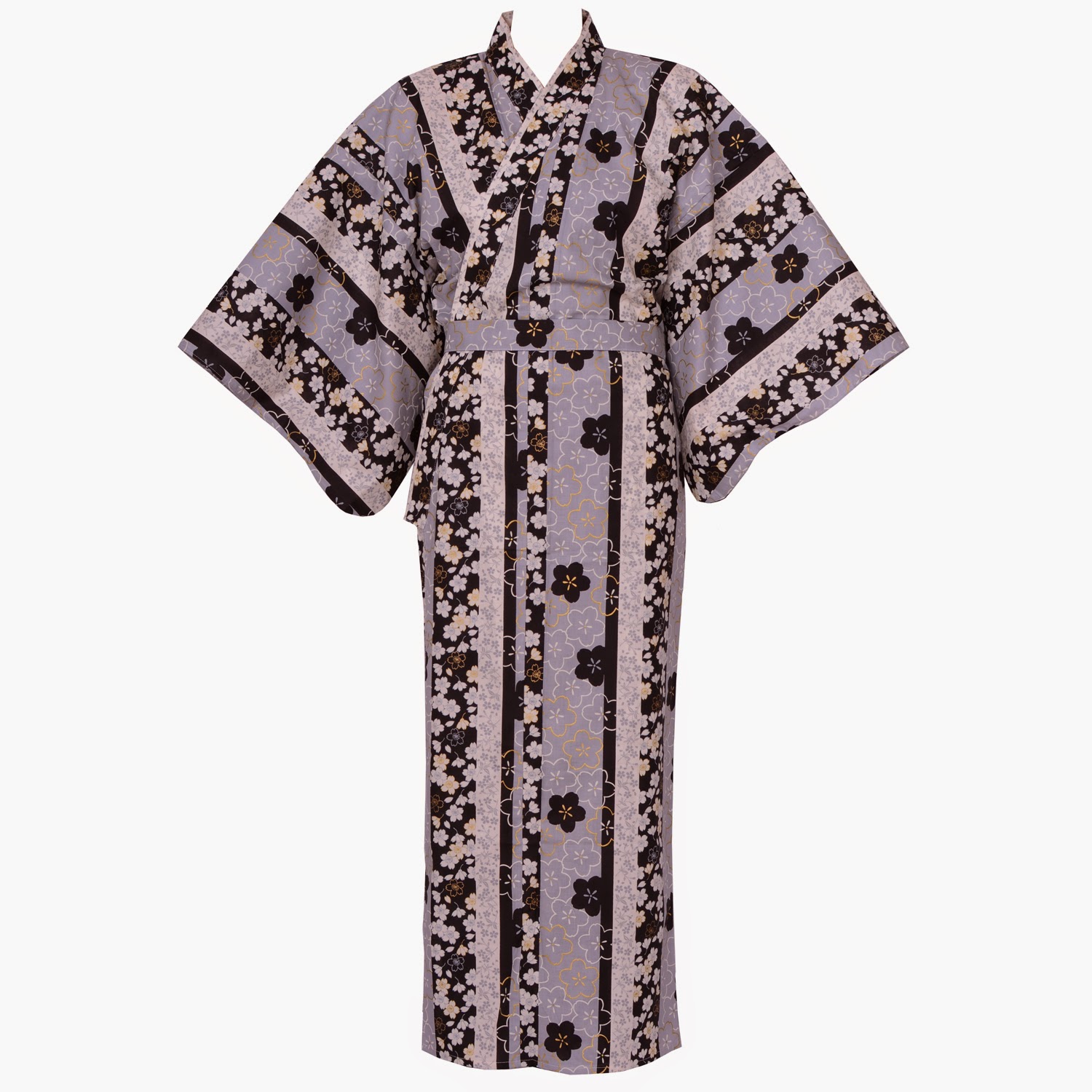 |
| Dragon with three claws |
The Japanese dragon is a mythological creature popular in Japanese culture. It and other Oriental dragons, unlike their Western equivalents, are depicted as much more serpentine and are often associated with rain and water. Oriental dragons also lack wings but as magical beings were able to fly by magic. You can recognize a Japanese dragon by the number of claws it has, Japanese dragons having just three. The Japanese believed that all dragons originated in Japan and the further away from Japan you traveled the more claws the dragon would have (for instance Korean dragons are depicted with 4 claws!)
 |
| Namiryu or Sea Dragon |
Unlike the evil dragons of Western culture, Eastern dragons were seen as noble creatures with some even having roles as protectors. Their images are often seen as statues outside temples and shrines particularly in the form of water features.
Click here to view Japanya's dragon related products!











